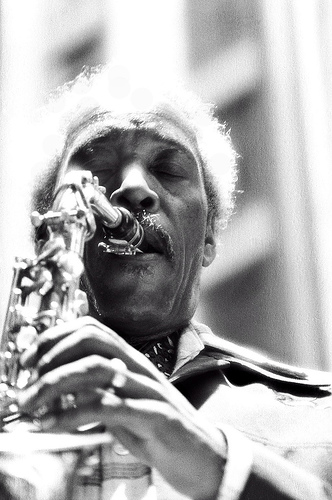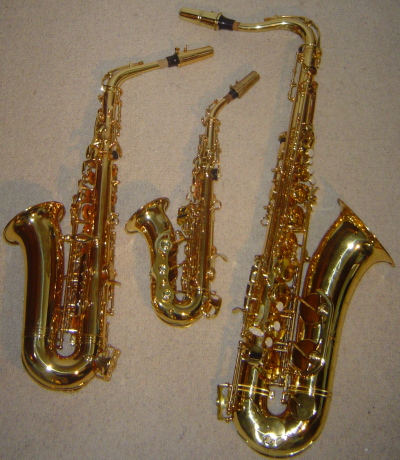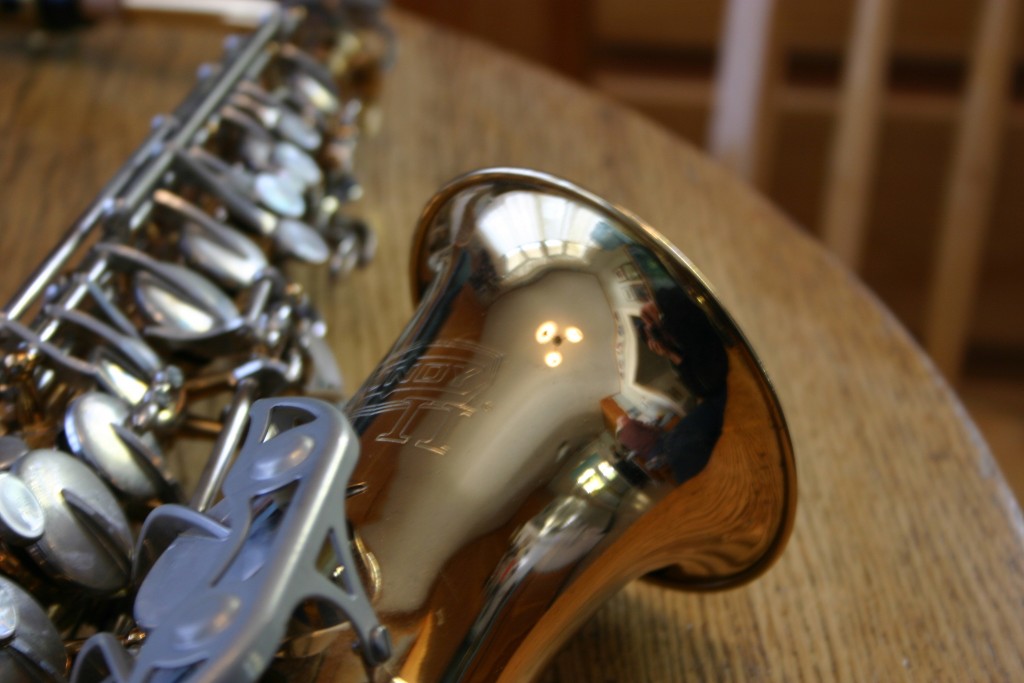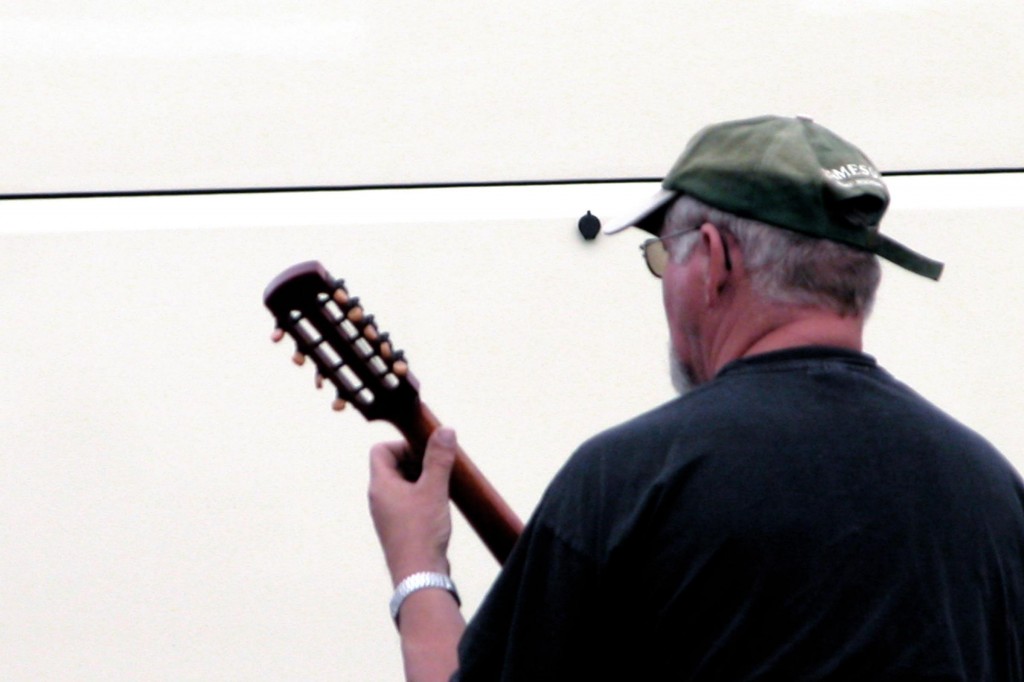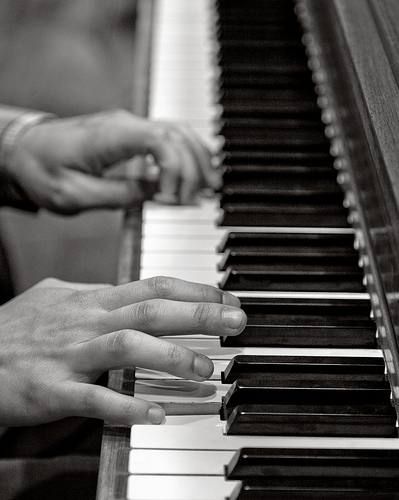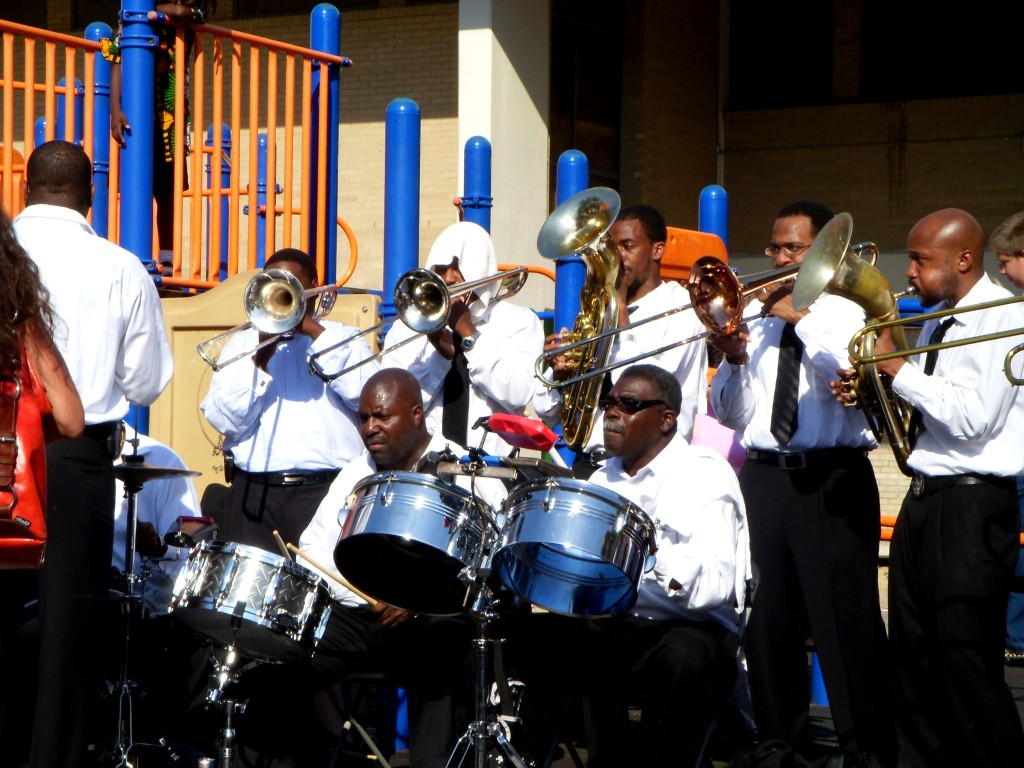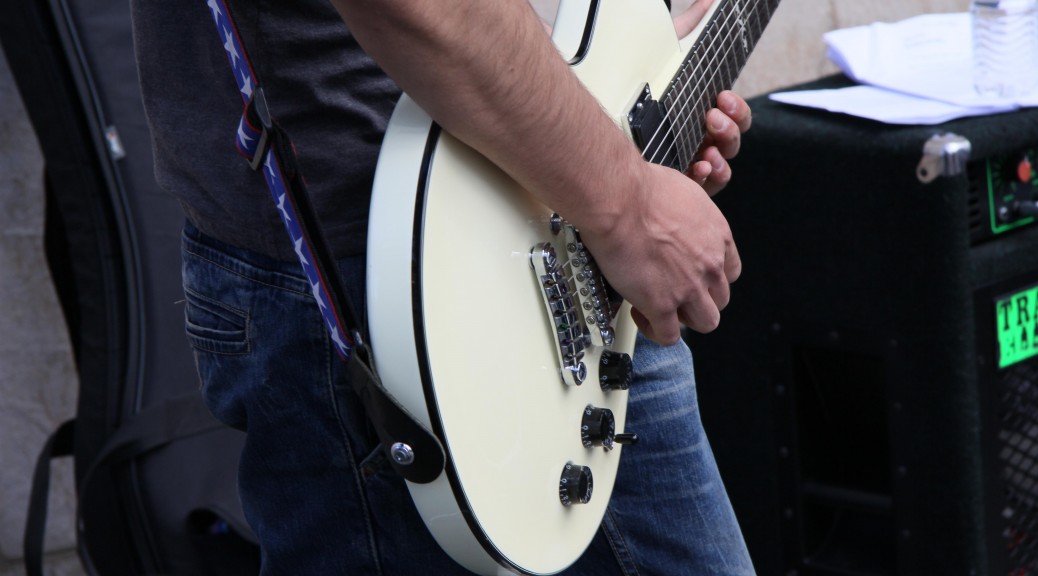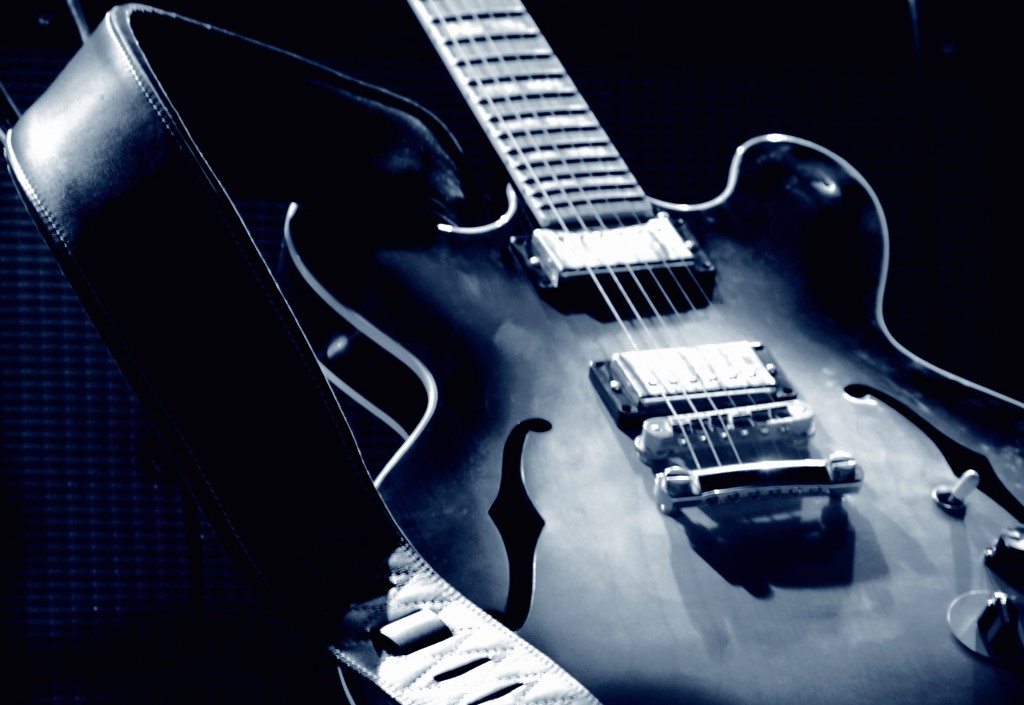Do you have a pet that hides away as soon as you take out your saxophone? Your pet feeling anxious while you play might not always be a sign that you need more sax lessons, but be caused by pets’ sensitivity to sounds.

Sensitive Sounds
Most pets, such as dogs, have ears that are more sensitive to high-pitched sounds. While you might not be able to hear a certain sound or won’t hear it as loud, your pet could pick it up and the sound might become highly irritating.
Saxophones can have exactly this high-pitch sound, causing your pet to perhaps feel discomfort while you play. Other sounds that might stress your pets include everything from fireworks to ambulance sirens.
Protecting Your Pet
If your pet starts to behave oddly every time you play the sax, you can try a few simple tricks. If the weather allows it or your pet is able to stay outdoors, you could just let them wander around the garden while you practice.
You could also play in a room with the door closed, as this should help limit the sound irritation. Furthermore, if your pet looks very distraught, it might be a good idea to call the vet. It might be that your pet has an ear infection or something similar causing the issue.
Dog’s Howling
If you have a dog, then you might have heard the dog start howling as you play the instrument. While this might be your dog’s way of pointing out its distress, it might well be that your dog is trying to communicate with you and your sax.
The dog’s howl is a remnant from its ancestors, the wolves. Wolves howl as a form of communication and dogs still have this genetic trait in them. When you start playing the sax, the dog hears it almost like a howl and might well be talking or indeed singing with you!Other instruments, making a much lower sound, typically don’t cause dogs to howl.
So, if your dog is just making a howling noise, chances are the dog is actually enjoying the music! If the dog decides to run under the bed to hide, it might be something more serious.
Train Your Pets
It’s important that your pets get used to all sorts of noises to ensure they don’t feel distressed easily. When you have a new puppy or a kitten, for instance, try to ensure you play different sounds to them from music to fireworks. This can help them get used to the sound and limit their distress later on.
You should also let your pet have a sniff of the instrument. Being able to just gently sniff the saxophone will ensure they know it isn’t some strange object trying to capture you.
While your pet might always be suggesting you take a few more saxophone lessons, you shouldn’t be too worried about their behaviour. Just try to limit the noise the pet hears and talk to your vet if the behaviour continues to be odd.


